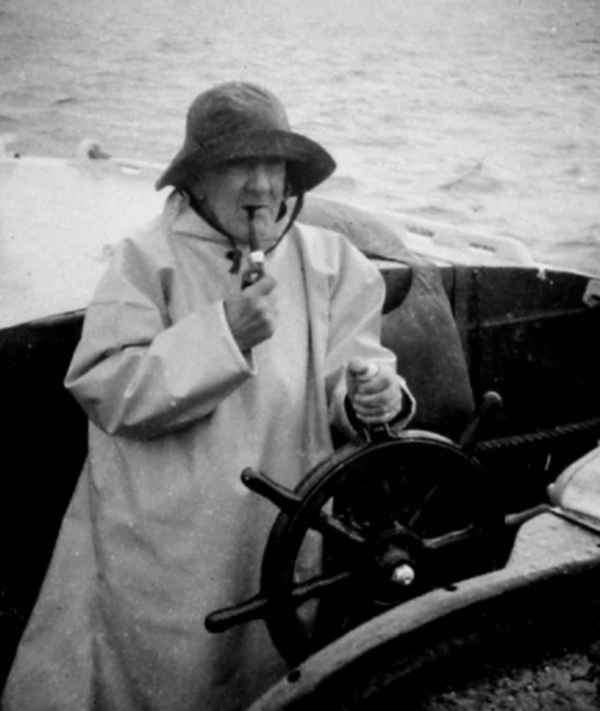Figures & data
Figure 1. The UCC and CIP in 1955. (a) Medical students fronting the Department of Anatomy at the entrance block to UCC. The professors (front row, seventh–ninth positions from left) include James S. Baxter (1896–1969) (Anatomy), Peterson (Physiology), and Pryde (Biochemistry). This photograph is available from J.G.J. upon request. (b) The CIP viewed from the west. Used with permission of the Institutional Archive, Governance and Compliance Division, University of Cardiff.

Figure 2. T. J. Surman (right) and S. L. Stone (left) on the day of Surman's retirement in 1972. In the background are some of the original physiological equipment that they used in their teaching and research. Presented with permission of Dr. Robert Maynard, UK Environmental Agency.
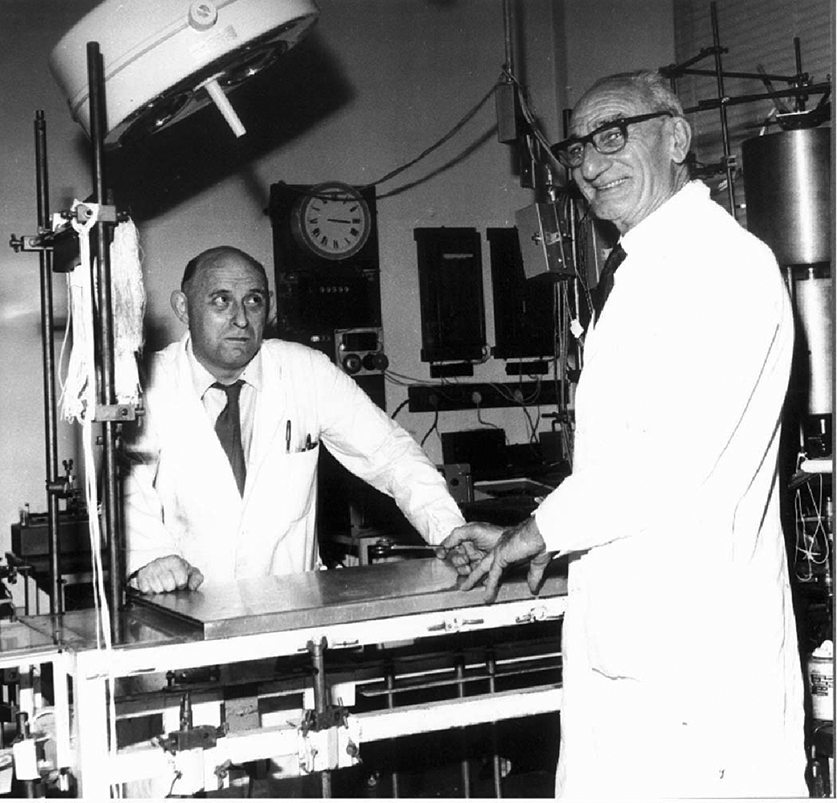
Figure 3. Graham Brown in probably the 1920s at the age of ∼40 years. This was the frontispiece photo in CitationAdrian (1966) and it is of unknown origin.
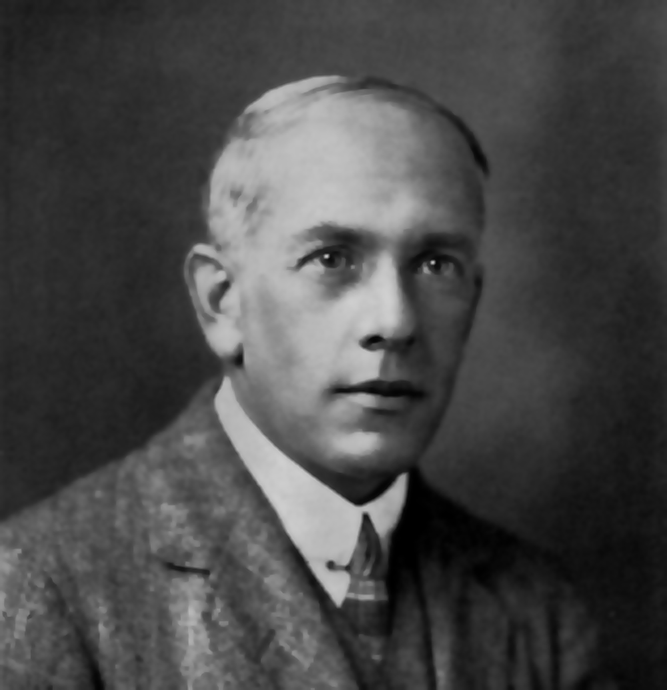
Figure 4. Graham Brown's key pre-WWI contributions to current understanding of the spinal contribution to the neural control of stepping. (a) His first demonstration of the spinal control of the stepping rhythm in a spinalized and de-afferented decerebrate cat. The alternating movements are those of the tendons of the ankle flexor, tibialis anterior (upper traces), and the ankle extensor, gastrocnemius (lower traces), with contractile shortening upwards and relaxation from contraction downwards. The original published record had several more traces of other variables and was a faintly white-on-black kymographic recording. Excerpted and modified substantially from in CitationGraham Brown (1911) with permission of the publisher. (b) Graham Brown's half-center model for the spinal contribution to the control of stepping. An earlier version of this model was discussed in CitationGraham Brown's MD thesis (1912; see pp. 148–155) and expanded upon on pp. 741–743 in CitationGraham Brown (1916). The model shows reciprocal innervation between a spinal flexor (F) half-center (composed of both motoneurones and interneurones) and a spinal extensor (E) half-center (similarly composed of other motoneurones and interneurones) in the extension phase of the step. The term “D” is for stronger inhibition in this phase from E to F and “d” is for weaker inhibition in the reverse direction. The term “G” is for “fatigue” of this inhibition as D is imposed upon F and “g” is for less fatigue of inhibition as the smaller “d” is imposed on E. From Figure 84 in CitationGraham Brown (1916) with permission of the publisher.
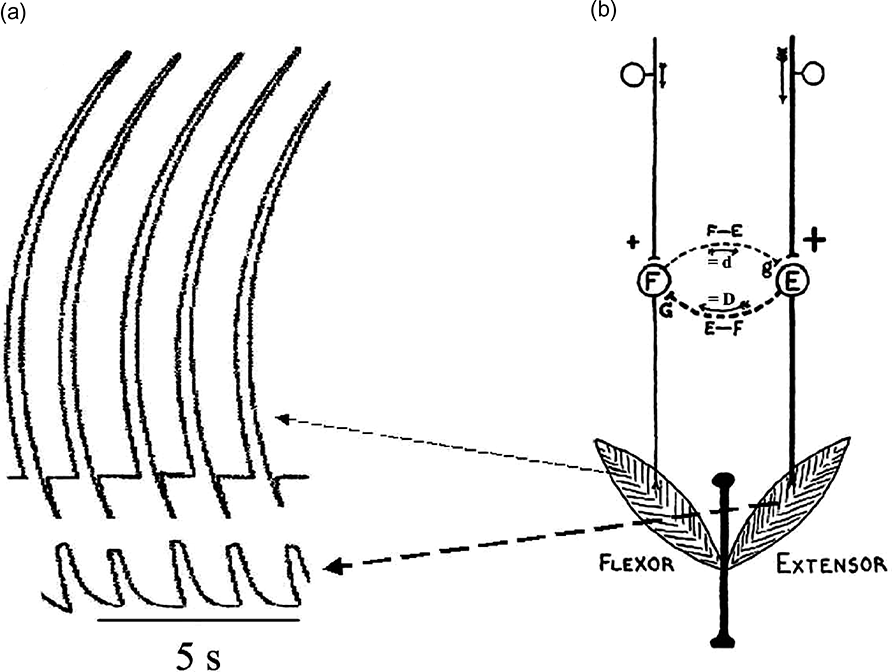
Figure 5. Graham Brown's work on cat treadmill locomotion. (a) The professor is shown demonstrating aspects of the sophisticated treadmill built in his Cardiff laboratory in the late 1930s for the analysis of the walking, trotting, and galloping gaits of high (precollicular) decerebrate cats (see CitationLundberg & Phillips, 1973). (b) Surman demonstrating the apparatus, which included a device for changing neck angle ±90° in the vertical and horizontal planes and for moving the treadmill's belt at variable speeds and grades. (c–e) Examples of a decerebrate cat running as the treadmill's angle was changed manually. We thank Larry McAlister (Media Specialist, University of Arizona) for extracting the three still frames in this figure from Graham Brown's unpublished 1941 film (see text). The figure is available from J.G.J. upon request.

Figure 6. Graham Brown, the mountaineer. (a) A January 1925 photo of members of the Gritstone Club, Flying Horse Shoe Inn, Clapham Station, Yorkshire, Graham Brown is 3rd from the left in the back row. (b) Graham Brown on Mont Blanc in about 1948. Used with permission of the Trustees of the National Library of Scotland.
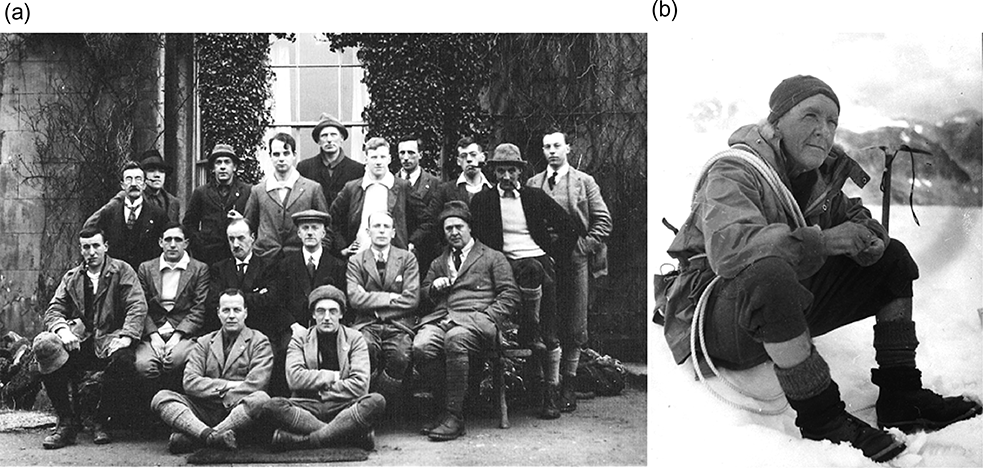
Figure 7. Graham Brown, aged 70, resting in the hills of Entrèves, Courmayeur, Italy in 1952. He is shown sitting between two of his hiking friends, Basil Goodfellow on the left and Peter Lloyd on the right. Used with permission of the Trustees of the National Library of Scotland.
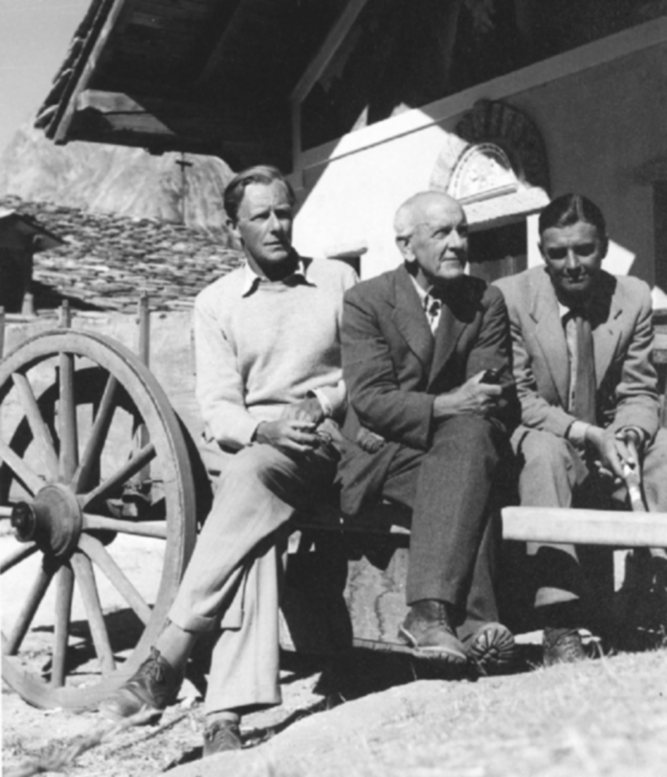
Figure 8. Graham Brown at the wheel of his converted lifeboat, Thekla, in about 1960. Used with permission of the Trustees of the National Library of Scotland.
